Thoughts:
When I started this project I was interested in Aperiodic tiling, but trying to stay away from whats been done I started to push a different way to connect tiles (mock ups hopefully this break!) and a strategy to make this entire system structural. Understanding that load is obviously a factor, the entire system has been revamped to have clean/ clear connections, the system normally wants to connect at what seems like 90 to 45 degree angles which causes a lot of issues not only in connecting pieces to one another but from my miniature models structural problems with load. Of course this is all speculation, but after manipulating the model for weeks I refined it to a point where my components when joined [4] could hold up more than 20lbs. This is looking good....now lets hope a 1 to 1 scale mock up is easy to bend....
Transition Moment:
Atmospheres: there are 3 types of interior spaces.
If your interested in more images of the overall/details of the project feel free to click on the images, they will take you to my Flickr account!



![2[D]Aperiodics:v1](http://farm8.staticflickr.com/7165/6402400267_abe883debb.jpg)
![1[D]Aperiodics:v1](http://farm8.staticflickr.com/7022/6402400373_8427e34395.jpg)


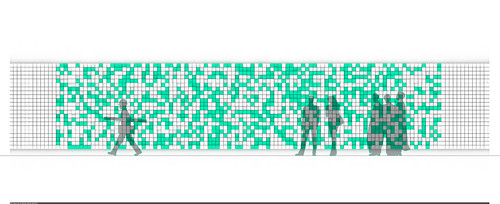
![1[Uniform]Tesselation_V1.1](http://farm4.static.flickr.com/3001/5720145116_f1cb302b13.jpg)
![2[Uniform]Tesselation_V1.1](http://farm4.static.flickr.com/3521/5720146024_bfa41f27c7.jpg)
![3[Uniform]Tesselation_V1.1](http://farm3.static.flickr.com/2136/5720146806_d463bc5cc8.jpg)
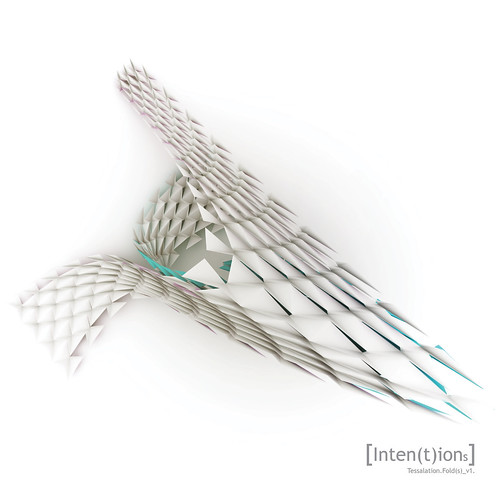
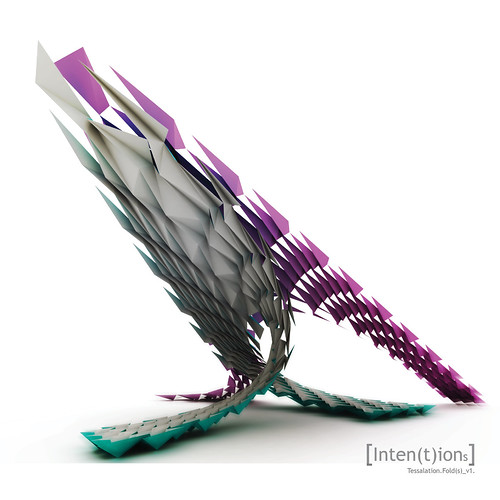
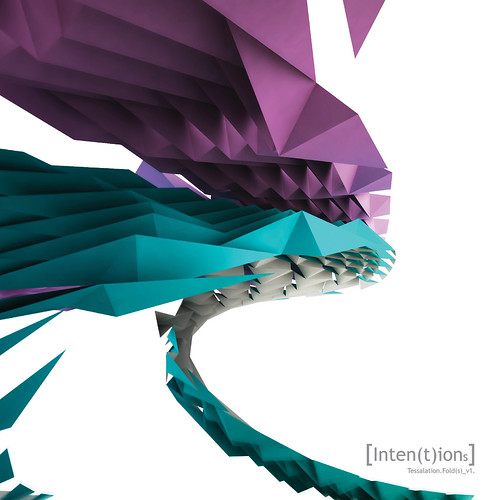

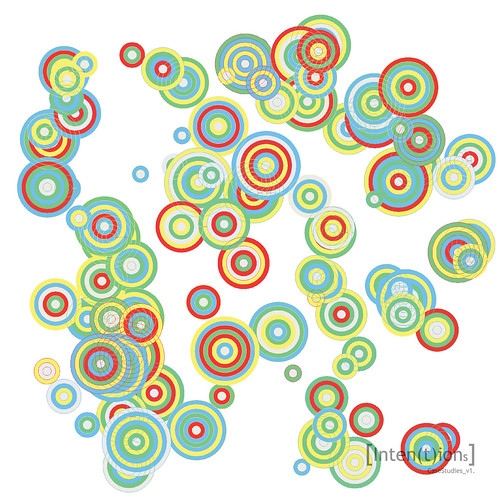
![1_Branch(s).ing[z]_v1.](http://farm6.static.flickr.com/5087/5378766124_e980120f11.jpg)
![2_Branch(s).ing[z]_v1.](http://farm6.static.flickr.com/5127/5378165977_2140c534c5.jpg)